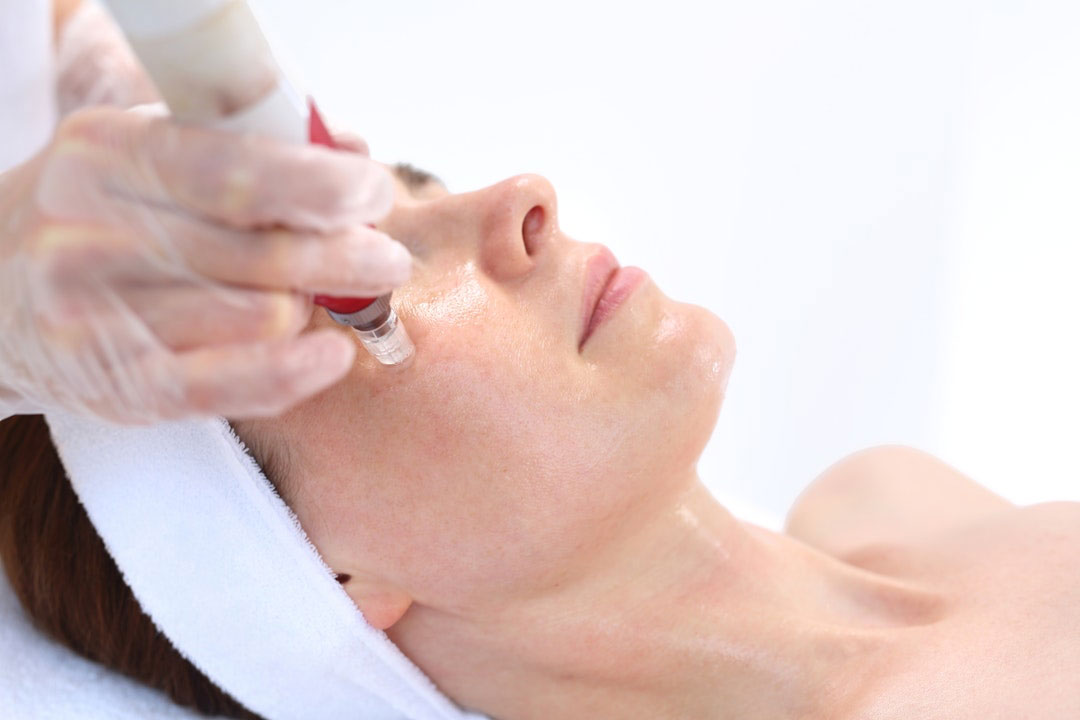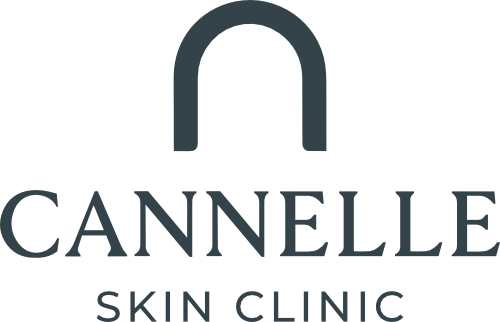Wrinkles are the lines, creases, and folds that appear on the skin, typically as a natural part of the ageing process. Over time, our skin undergoes several changes that contribute to the formation of wrinkles. These include a decrease in collagen and elastin production, proteins responsible for keeping the skin firm, smooth, and elastic. As these proteins diminish, the skin loses its structural support, leading to sagging and the development of wrinkles.
Wrinkles can be classified into two main types: fine lines, which are shallow and often appear around the eyes and mouth, and deeper furrows, which are more prominent and can occur on the forehead and around the nose and mouth. While the appearance of wrinkles is influenced by genetic factors, external and lifestyle factors play a significant role in how early and how prominently they develop.
Treatments for stimulating collagen production
Collagen is a vital protein that provides structure, elasticity, and strength to the skin. As we age, collagen production naturally decreases, leading to wrinkles, sagging skin, and a loss of youthful firmness. Fortunately, several treatments can stimulate collagen production, helping to rejuvenate the skin and restore its youthful appearance.
Retinoids: Retinoids, including retinol and prescription-strength tretinoin, are widely recognised for their ability to boost collagen production. These compounds work by accelerating cell turnover, promoting the formation of new collagen, and reducing the breakdown of existing collagen. Regular use of retinoids can significantly improve skin texture, reduce fine lines, and enhance overall skin firmness.
Microneedling: Microneedling, also known as collagen induction therapy, involves the use of fine needles to create tiny punctures in the skin. This controlled injury triggers the body’s natural healing response, stimulating collagen and elastin production. Over time, microneedling can improve skin texture, reduce the appearance of scars, and increase skin elasticity. For enhanced results, microneedling can be combined with serums containing growth factors or hyaluronic acid.

Laser Resurfacing: Laser treatments, such as fractional laser resurfacing, are highly effective for stimulating collagen production. These lasers penetrate the skin’s surface, creating micro-injuries that prompt the body to produce new collagen. Fractional lasers are particularly beneficial because they target small areas of the skin, allowing for faster healing and reduced downtime. The result is smoother, firmer skin with improved texture and tone.
Radiofrequency (RF) Therapy: Radiofrequency therapy uses energy waves to heat the deeper layers of the skin, stimulating collagen production without damaging the surface. This treatment tightens the skin and improves its firmness over time. RF therapy can be used on various areas of the body and is often combined with microneedling or ultrasound for enhanced results. It’s a popular non-invasive option for those looking to lift and tighten sagging skin.
High-Intensity Focused Ultrasound (HIFU): HIFU is a non-invasive treatment that uses focused ultrasound energy to target the deeper layers of the skin. This energy heats the tissue, triggering collagen production and leading to a tightening effect over time. HIFU is often referred to as a “non-surgical facelift” due to its ability to lift and firm the skin without surgery. It’s particularly effective for treating the face, neck, and décolletage.








